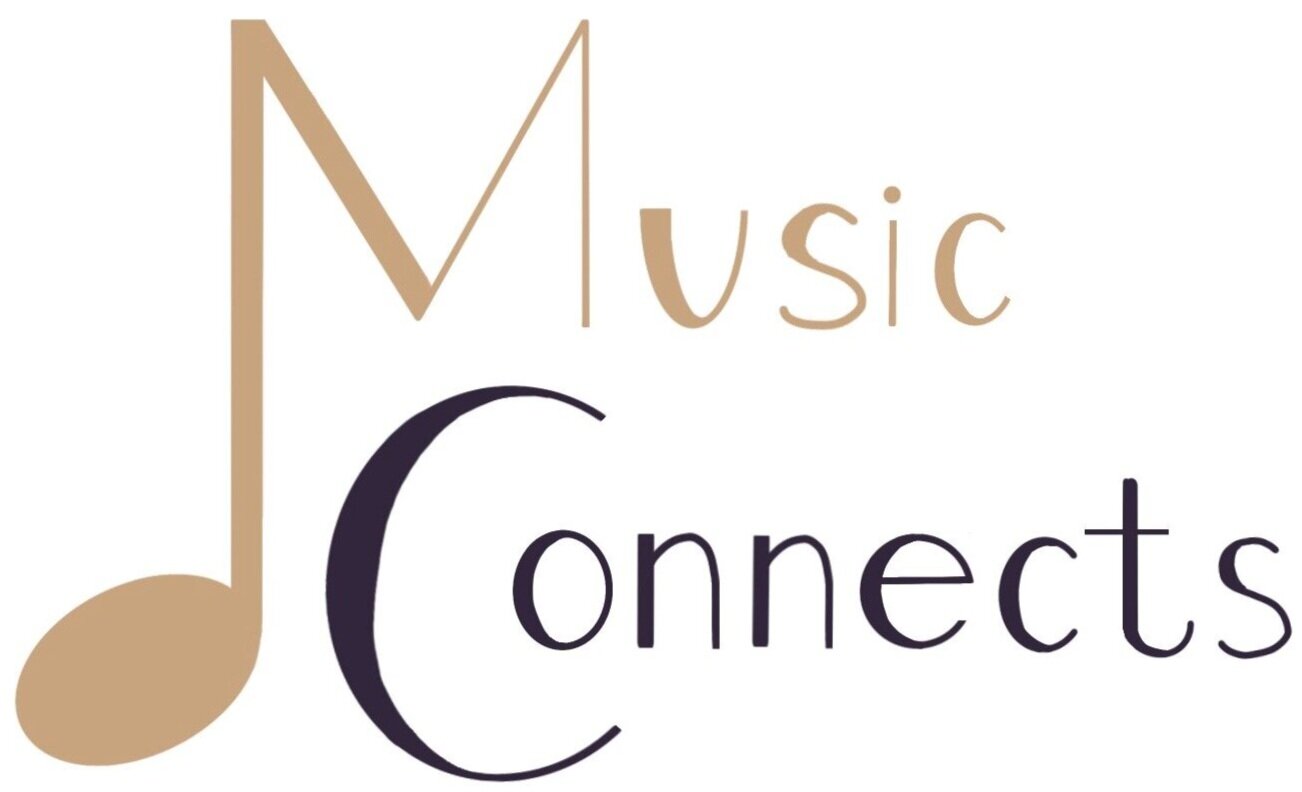The Evolution of the Piano
The piano, a beloved instrument cherished by musicians and music enthusiasts for centuries, has a captivating journey. The tale begins with the harpsichord, developed in the late Middle Ages, which produced sound through plucking strings with quills. However, harpsichord’s limited expressive dynamics constrained the emotions it could convey in music.
Harpsichord
The piano, as we recognize it today, owes its existence to Bartolomeo Cristofori, an Italian harpsichord maker, who ingeniously introduced hammers striking the strings to achieve varying degrees of loudness and softness. This groundbreaking innovation revolutionized keyboard instruments and laid the foundation for the modern piano.
The early versions of the piano, known as fortepianos, were smaller with a softer sound than today's grand pianos, but they offered enhanced expressive capabilities with touch-sensitive keys and dynamic range. Renowned composers like Mozart and Haydn embraced the fortepiano, capitalizing on its versatility and nuanced tonal qualities. The Industrial Revolution in the 19th century played a significant role in piano manufacturing, introducing advancements in metallurgy, woodworking techniques, and mass production. Consequently, larger, more robust pianos with expanded tonal power and dynamic range became prominent features in concert halls and homes alike.
Upright piano
Concert piano
Grand piano
As the demand for greater volume and projection surged, the concert grand piano took center stage. These majestic instruments became synonymous with virtuosic performances in grand concert halls, boasting richer tones and enhanced projection due to innovations in piano construction, such as iron frames and improved string tension.
Throughout the 20th century, the piano underwent further refinements in design and construction. Improved materials and manufacturing techniques led to greater tonal clarity, sustain, and responsiveness. Additionally, electronic advancements paved the way for electric and digital pianos, offering alternative options for musicians and making piano music more accessible.
In conclusion, the piano's evolution from the harpsichord to the grandeur of modern instruments epitomizes human creativity and innovation. With its ability to convey a vast range of emotions, dynamics, and musical expressions, the piano has become a huge part of countless musical genres, captivating audiences worldwide. Its enduring legacy and enchanting melodies serve as a testament to its great impact on the world of music.
Luc Beauséjour plays Bach Toccata in D Minor, BWV 565 on harpsichoard
Yujia Wang plays Rachmaninoff Etudes Tableaux Op.33, No.3 in C-Minor on piano
Thank you for reading! See you next time!




